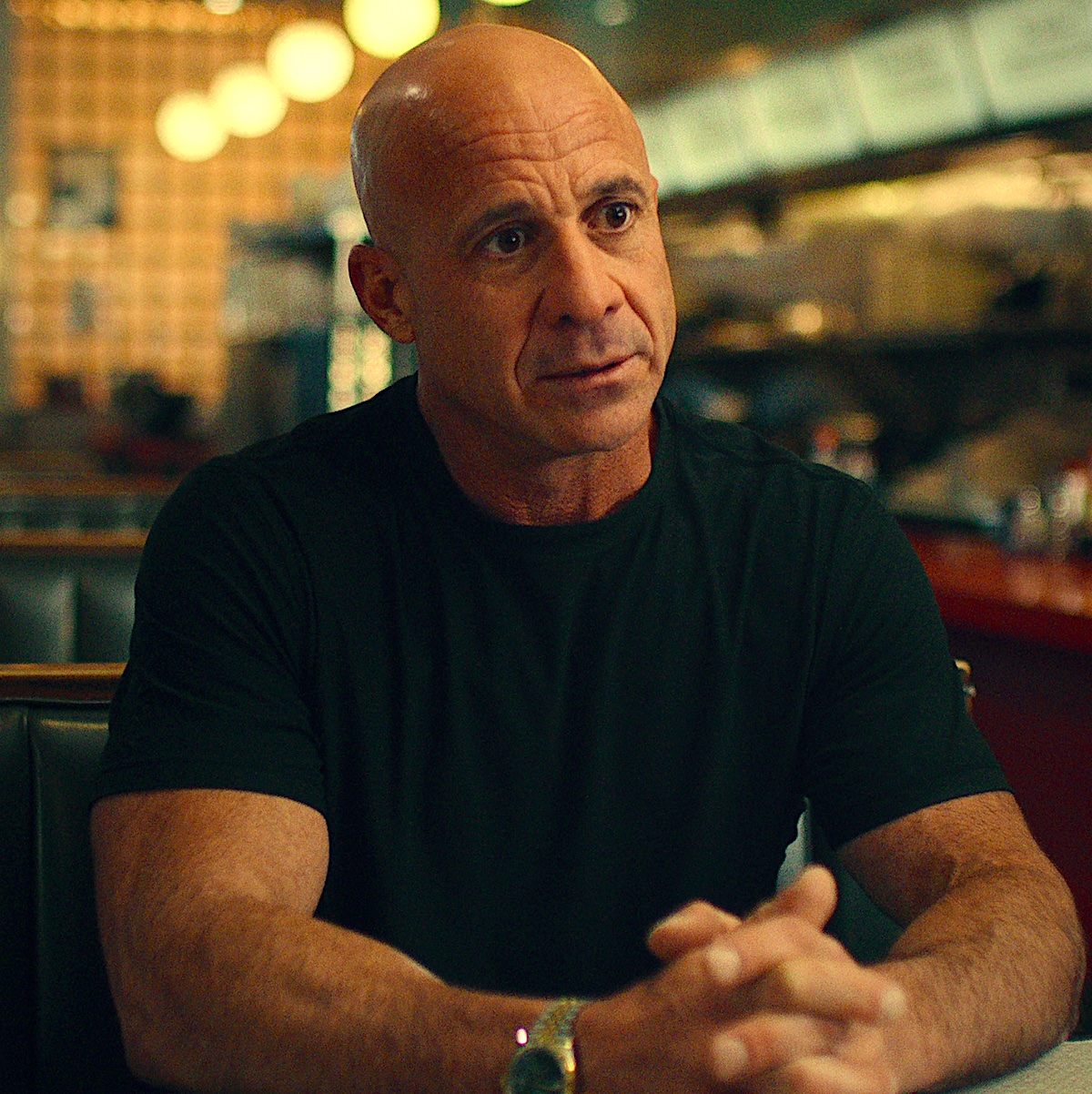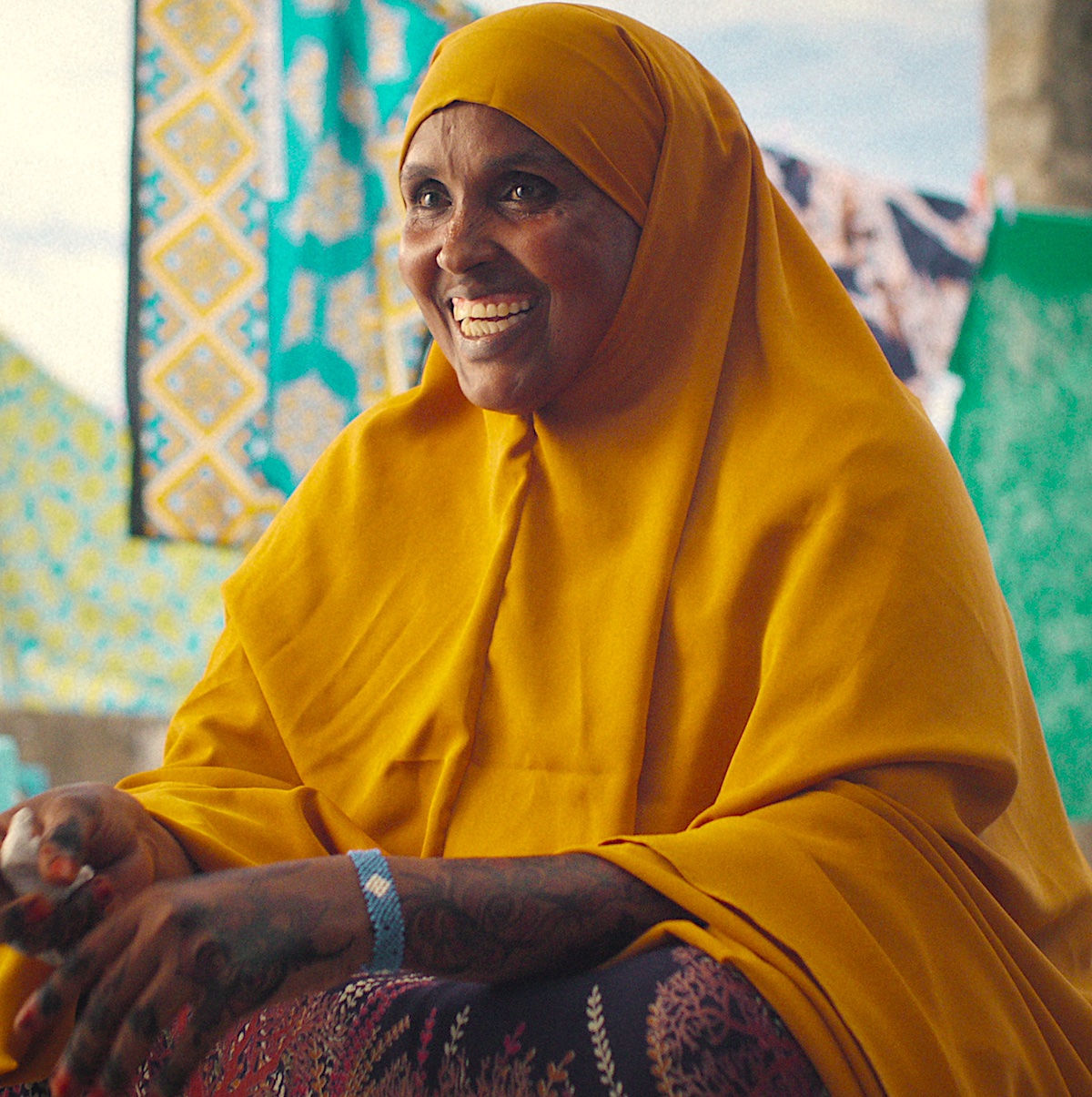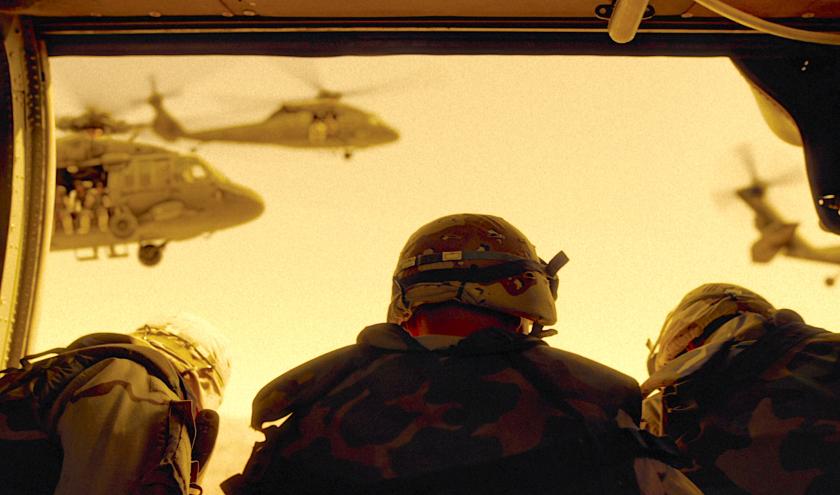Ridley Scott’s 2001 film Black Hawk Down was a technically superb blockbuster bristling with thunderous action sequences and famous actors, though its gung-ho depiction of the heroics of American special forces during the appalling Somalian civil war always felt a little uncomfortable.
A quarter of a century later, Netflix’s three-part series Surviving Black Hawk Down, directed by Jack Macinnes and produced by Ridley Scott Associates, attempts to paint a more even-handed picture. It’s a documentary-style account of events, told by some of the real participants, interspersed with action sequences recreated with an intense, claustrophobic vividness.
 The Americans were in Somalia as part of a multinational UN operation, and in October 1993 launched an airborne raid into Mogadishu to capture some of the leading lieutenants of the bellicose General Mohammed Farah Aidid (who would declare himself President of Somalia in 1995). This turned into a blood-soaked debacle as American helicopters were shot down and US troops found themselves under siege from hordes of Somali militiamen. The Americans fought a dogged and gruesome rearguard action as they struggled to rescue their comrades and extricate themselves, but though they suffered 18 dead and 80-odd injured, those statistics paled beside the hundreds of slain Somalis, many of them civilians.
The Americans were in Somalia as part of a multinational UN operation, and in October 1993 launched an airborne raid into Mogadishu to capture some of the leading lieutenants of the bellicose General Mohammed Farah Aidid (who would declare himself President of Somalia in 1995). This turned into a blood-soaked debacle as American helicopters were shot down and US troops found themselves under siege from hordes of Somali militiamen. The Americans fought a dogged and gruesome rearguard action as they struggled to rescue their comrades and extricate themselves, but though they suffered 18 dead and 80-odd injured, those statistics paled beside the hundreds of slain Somalis, many of them civilians.
Thus, while the series gives us the first-hand perspectives of American Rangers like David Diemer (pictured above) and Randy Ramaglia and badly-injured chopper pilot Mike Durant, it also shines a light on the Somalis’ view of what was dubbed the Battle of Mogadishu. Nuur Hassan, for instance, describes how he was making a living as a cab driver before he was gratuitously roughed up by American soldiers. When he learned of how many Somalis the Americans were killing, he rejoined the militia to fight back. Ahmed Mohamed Hassan, known as Ahmed Five, was an enthusiastic video cameraman, and his original footage taken during the fighting carries a chilling authenticity which is somehow enhanced by the primitive image quality.
There are harrowing contributions from some Somali women. Binti Adan describes how she had two children and her husband killed, while her surviving daughter was blinded in the attacks. Halima Weheliye (pictured below) describes seeing civilians randomly massacred by swooping American helicopters. It hardly feels like a victory for truth, justice and the American way.
 But the American survivors have been left scarred by their experiences too. The cultural-divide dimension is illustrated in US Ranger Diemer’s recollection of how, when he was told of their mission, his reaction was “what the fuck is Somalia?” Undoubtedly there were plenty of individual heroics on display, as the Rangers lived up to their motto of “surrender is not a Ranger word”. They were determined not to leave anybody behind, either dead or wounded, and there are numerous accounts of vastly outnumbered Americans coolly defending their positions against swarms of heavily-armed attackers. In fact it’s amazing their casualty list wasn’t much longer.
But the American survivors have been left scarred by their experiences too. The cultural-divide dimension is illustrated in US Ranger Diemer’s recollection of how, when he was told of their mission, his reaction was “what the fuck is Somalia?” Undoubtedly there were plenty of individual heroics on display, as the Rangers lived up to their motto of “surrender is not a Ranger word”. They were determined not to leave anybody behind, either dead or wounded, and there are numerous accounts of vastly outnumbered Americans coolly defending their positions against swarms of heavily-armed attackers. In fact it’s amazing their casualty list wasn’t much longer.
But experiences like these are with you forever, like it or not. As Randy Ramaglia puts it, “some things in life are never settled. You just learn to live with it.” As both sides discovered.















Add comment